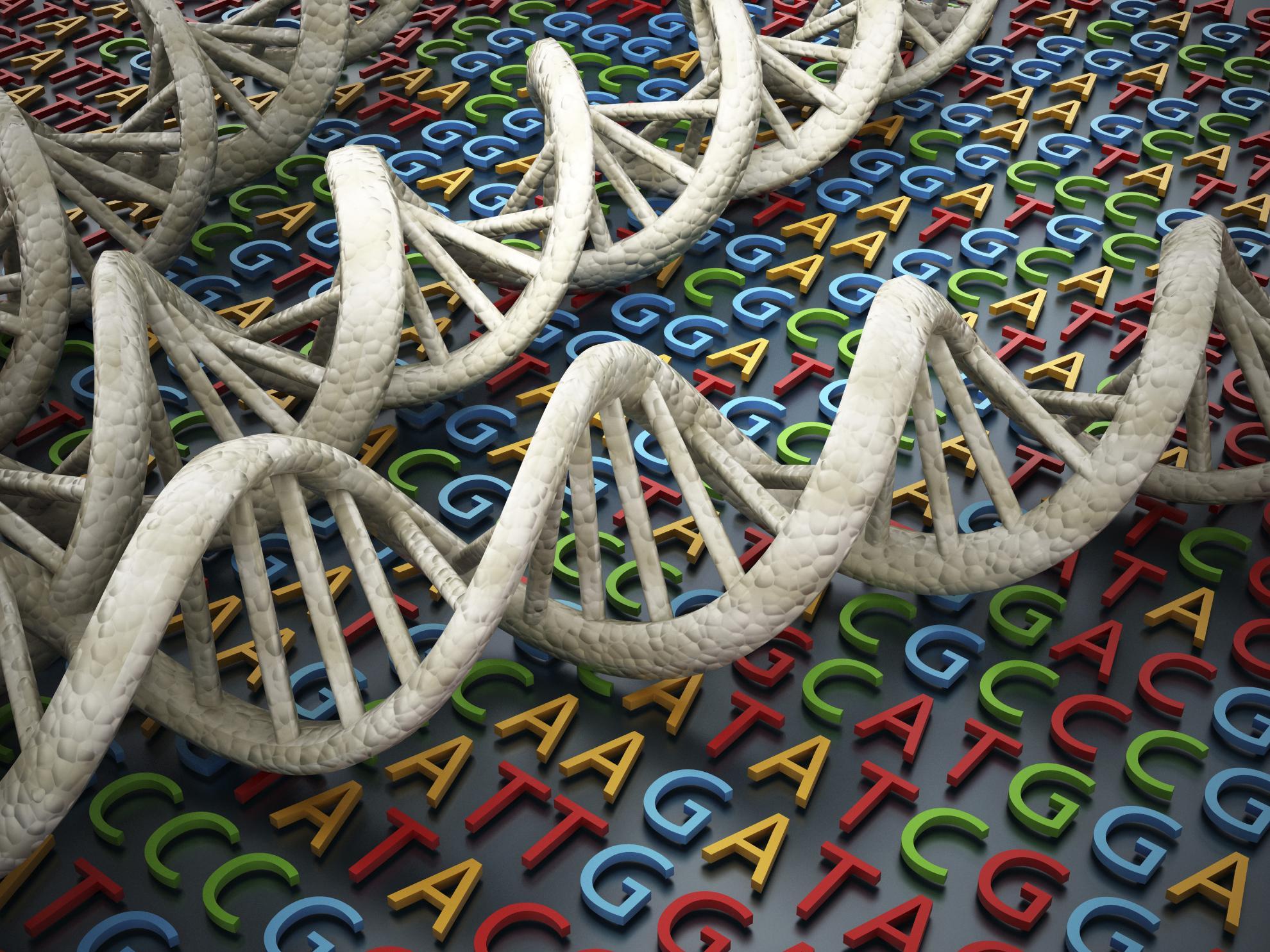Avian leukosis virus (ALV) infects mainly chickens but can also infect other avian species such as pheasants, partridges and quail.
The virus is not highly contagious and is readily inactivated by disinfectants.
ALV can be vertically transmitted, passing directly from parent to offspring. Hens can shed the virus or viral components into eggs. Chickens infected at hatching shed the virus throughout their lives. Horizontal transmission, spread from bird to bird, can also occur by the faecal-oral route.
ALV is present worldwide in commercial chickens, although some breeding companies have implemented eradication schemes.
Clinical signs
Infection with ALV can cause tumour formation (lymphoid leukosis) in the liver, spleen, bursa and are found occasionally in the kidneys and sex organs. The nature of the tumours and their frequency depend on virus strain, chicken breed, age, and route of infection.
Clinical signs:
- Loss of appetite
- Weakness
- Diarrhoea
- Dehydration
- Weight loss
- Depression
- Enlarged bursa and sometimes an enlarged liver
- Infected birds may not necessarily develop tumours, but they may lay fewer eggs
Virology
ALV belongs to the Alpharetrovirus genus of the family Retroviridae. It is divided into subgroups A, B, C, D, E, J (and the recently-reported K from China), depending on their viral envelope proteins which determine immune response and host range.
The ALV envelope encases a capsid and a single stranded RNA genome.
Pirbright's research on avian leukosis virus
Economic losses stemming from decreased productivity and mortality in ALV-infected poultry are a global concern, estimated to reach millions of pounds annually.
Research at the Institute is focussed on discovering what drives viral infection and how the genetic makeup of chickens alters their susceptibility.
Innovative gene editing approaches on specific viral entry receptors for inducing genetic resistance to different subgroups of ALV are also being explored. Additionally, ongoing investigations aim to understand the mechanisms by which the virus interacts with its host to induce tumorigenesis.


